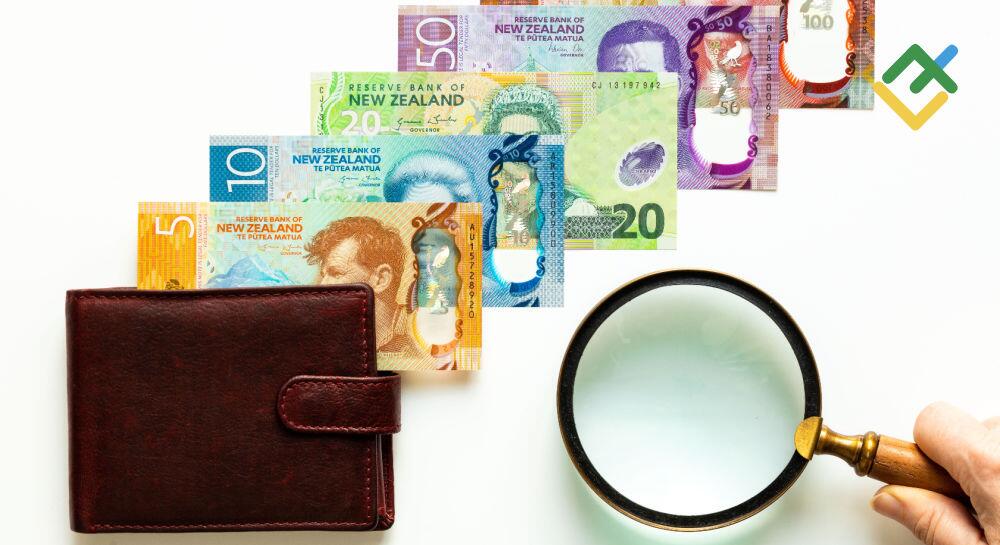[ad_1]
Despite a good start in 2023, the New Zealand dollar has been on a losing streak since February. The NZDUSD pair seems to have forgotten about China and reacts to the Fed’s monetary restrictions and the bank crisis. Let’s discuss it and make a trading plan.
Monthly fundamental forecast for the NZ dollar
Investors discerned a ghost of a recession behind the bank crisis. How to protect one’s capital from economic recessions? They can buy safe-haven assets, such as the yen, the dollar, or the franc. Or, they can sell the currencies that showed the worst results in the bad times. Those may seem to be developing countries’ currencies, but many of them did better than the NZ dollar — the Mexican peso and the Brazilian real, for example. If investors smell a rat, the NZDUSD risks continuing its fall.
One year before and after the recession
Source: Bloomberg.
The kiwi’s bullish factors include a potentially drastic recovery of China’s GDP and the stability of US stock indexes, which aren’t falling even amid the bank crisis. High-yield currencies usually thrive when a global risk appetite is high.
However, negative factors are more significant. New Zealand’s economy fell by as much as 0.6% in Q4, instead of the 0.2% expected by Bloomberg. If not for post-cyclone reconstruction, it would’ve slumped six months earlier than the Reserve Bank predicted. Weak GDP statistics forced the derivatives market to reduce the probability of further policy tightening from 95% to 50%. In February, the RBNZ raised the cash rate by 50 basis points to 4.75% and expects a peak at 5.5%.
New Zealand’s credit rating may get under pressure as S&P Global Ratings is concerned about the country’s constantly worsening current account deficit. At the same time, the agency believes the situation will get even worse. In 2022, the foreign trade deficit grew to 8.9% of GDP as New Zealand imported more than exported.
NZ Current account
Source: Bloomberg.
The NZ dollar is a commodity currency, and the commodity markets are traditionally vulnerable to global recessions when demand slumps and prices fall. Remember how oil prices collapsed amid the US bank crisis?
So, the Commonwealth Bank of Australia predicts a fall of the NZDUSD to 0.55. Morgan Stanley recommends going short with a target at 0.58.
Monthly trading plans for NZDJPY and EURNZD
I think it’s better to use a case-specific approach when you sell the kiwi to hedge recession risks. If the US economy does slump, bond yields will likely fall, and the USD will be under pressure. Then, we can sell the NZDJPY with targets at 80 and 78.
On the contrary, if the Fed ensures a soft landing for the US economy, exploit the divergence between the monetary policies of the ECB and the RBNZ, and buy the EURNZD with a target at 1.76.
Price chart of NZDJPY in real time mode
The content of this article reflects the author’s opinion and does not necessarily reflect the official position of LiteFinance. The material published on this page is provided for informational purposes only and should not be considered as the provision of investment advice for the purposes of Directive 2004/39/EC.
[ad_2]
Source link




